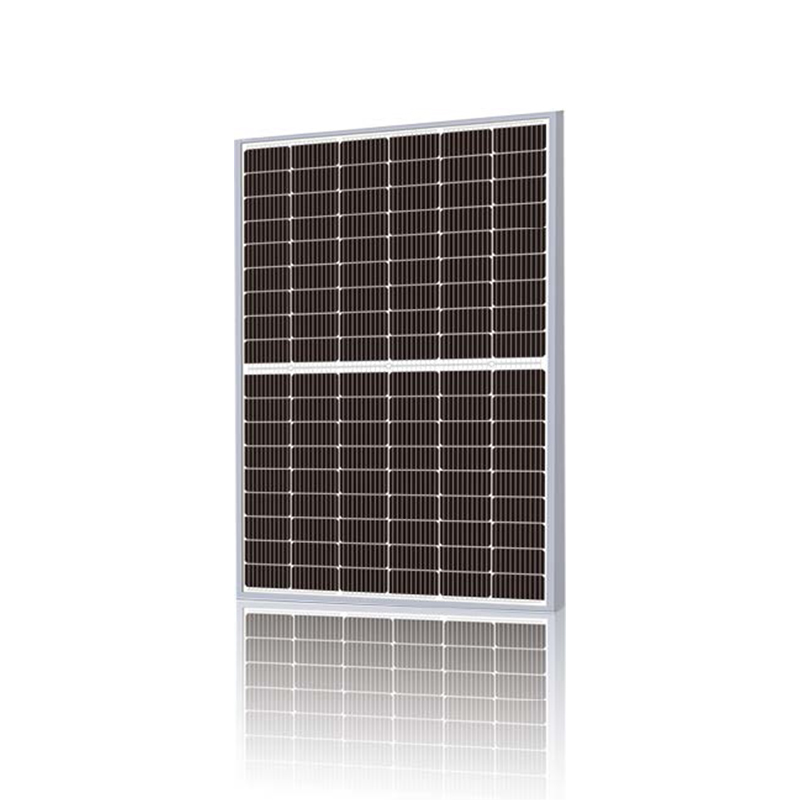The land management service supports more than 3,100 hectares of the "belt center" located along the Tarim Desert Highway using the wells of 86 solar photovoltaic (PV) farms.
Details of the amount of ground water extracted are not disclosed. However, a study published by Xinjiang University last year found that groundwater is being exploited in the Tarim Basin, an area with low rainfall and high surface water.
The Tarim Desert Road was completed in 1995 to transport oil from the desert mines. , To combat roadside erosion, trees were planted to cut sand and dig 109 wells between 2003 and 2006 at a cost of CNY 220 million (about US$40 million).
"We build a long-lasting board that performs very well," he said.
"The danger of choosing a cheap product is that you start cutting parts by accident. This often results in poor quality."
Nevertheless, Richard Pettersson sees the Sunshot supplement system as a great solution for Tindo and the wider Australian industry going forward.
However, rooftop solar panel can pose challenges for photovoltaic power plants. "Sand and dust that collect on the glass can reduce efficiency up to 30% and must be cleaned regularly with water, which increases maintenance costs. The wind and dust sweep away and even bury equipment, which poses a risk" Yankui, the secretary general of the National Association for Aid Land Sand Regulation and Sand Industry told Xinhua
that the severe water shortage is also a challenge for these projects, as can be seen in Mongolia. "Individual water resources are small, the lack of water has hindered land development projects," the government in Mongolia said to reduce water scarcity.




